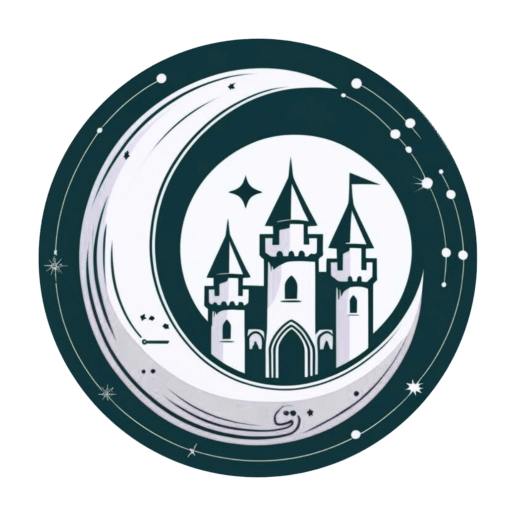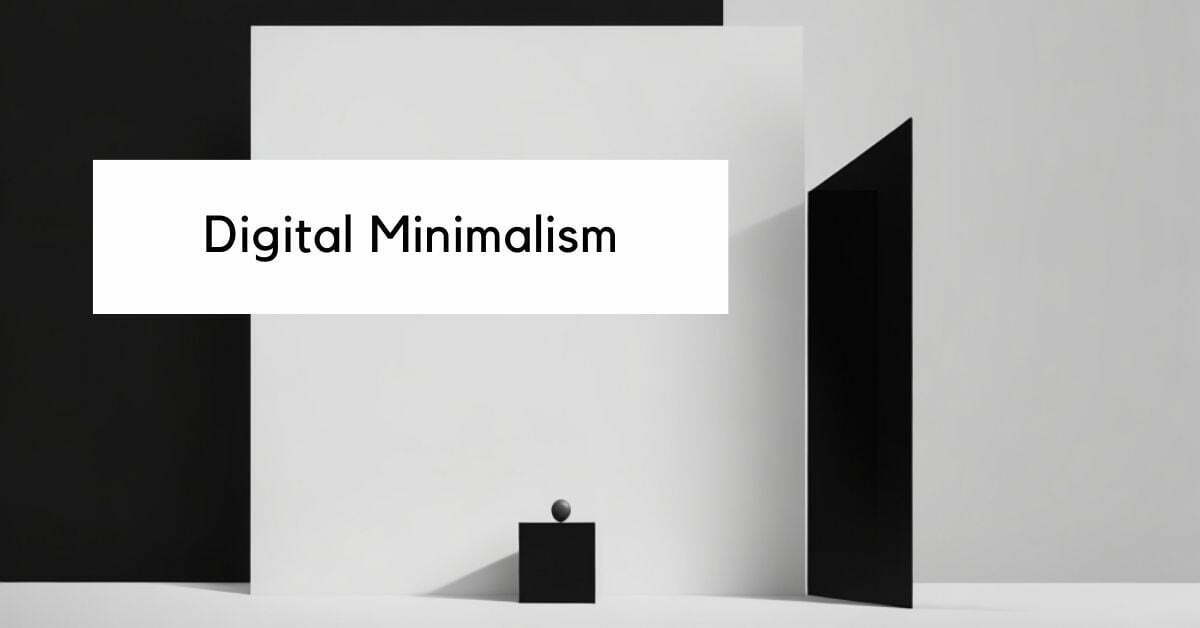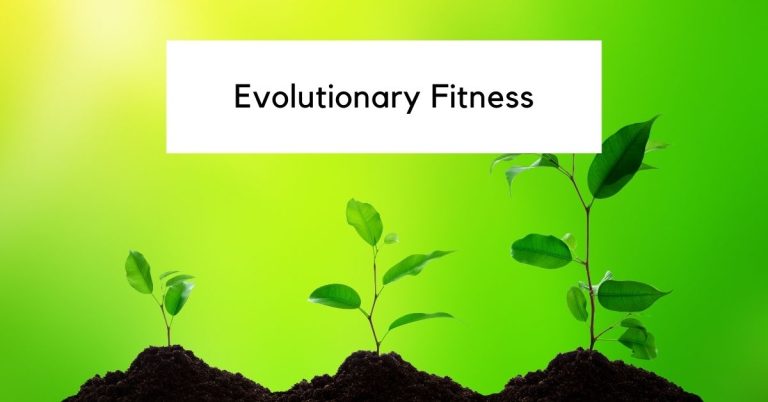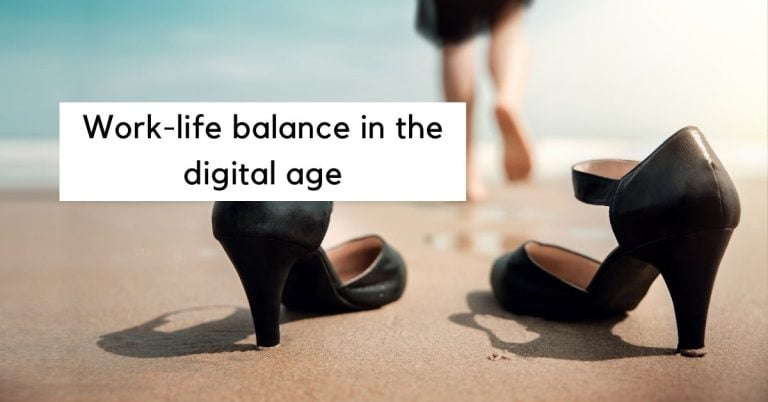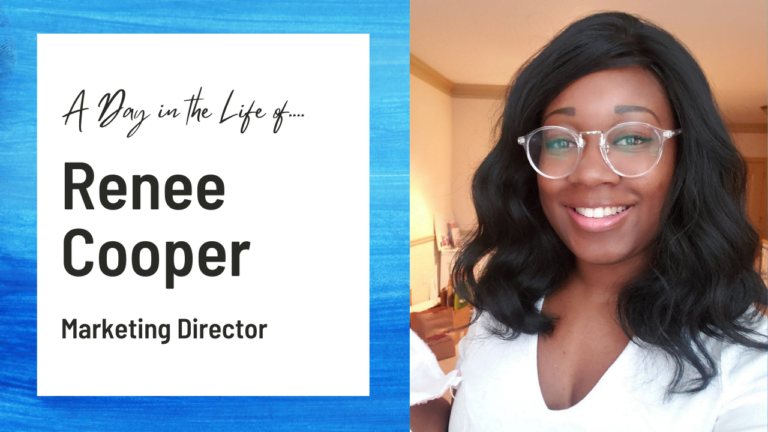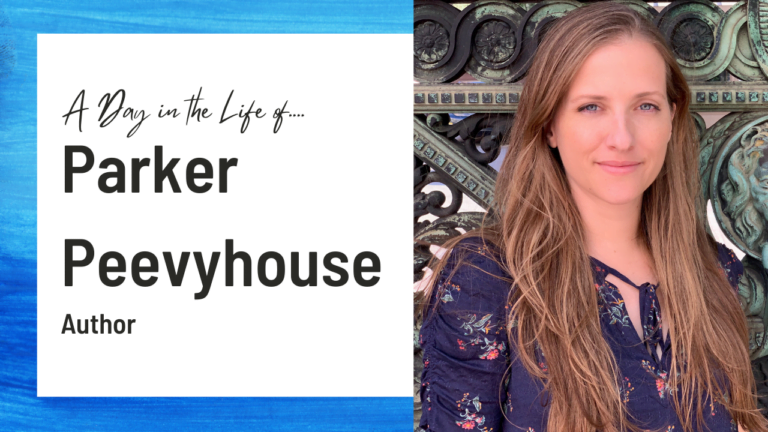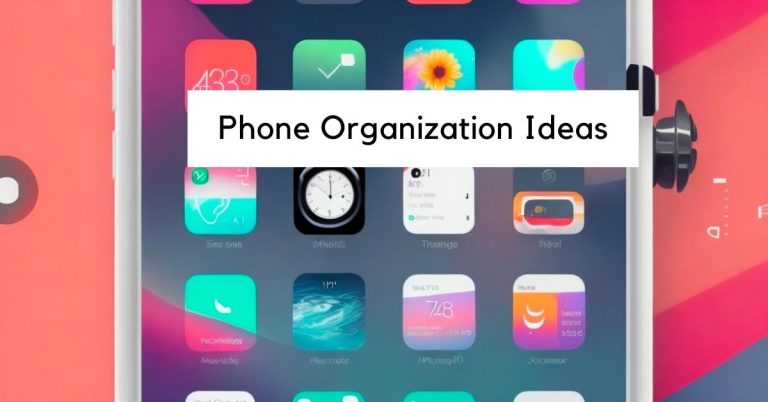Digital minimalism: The clutter-free online life
Do you often find yourself entrapped in the ceaseless loop of emails, social media updates, and online diversions? The digital world’s constant demands can easily leave us overwhelmed. But here’s a question to ponder: Is there a way to reclaim our precious time, sharpen our focus, and restore our inner calm amid this digital chaos? Fortunately, the answer is yes. By adopting a digital minimalist lifestyle, you can regain control over your digital habits and create a more intentional relationship with technology.
In this article, we will explore what digital minimalism is all about and provide you with practical tips on how to become a digital minimalist.
What is digital minimalism?
Digital minimalism is the practice of intentionally curating and simplifying your digital life to foster a healthier and more meaningful relationship with technology. It encourages you to evaluate and minimize the digital tools, apps, and platforms you use, focusing on those that truly add value to your life.
In the process of redefining our relationship with technology, we open the door to a harmonious coexistence where intentionality reigns. By setting clear boundaries, embracing mindful consumption, and nurturing analog pursuits, we transcend the confines of constant digital engagement, allowing ourselves to truly connect with both our digital devices and the world around us.
Importance of digital decluttering in achieving digital minimalism
Digital decluttering is the process of intentionally and systematically reducing and organizing your digital footprint to create a clutter-free online life. The overwhelming influx of emails, the plethora of unused apps on our devices, and the endless stream of notifications can leave us feeling mentally cluttered and disorganized but by embracing digital minimalism through decluttering, you can experience a range of benefits that contribute to a healthier and more balanced relationship with technology.
The benefits of digital minimalism
When you embrace digital minimalism, you’ll discover clear benefits that are tailored to you. Here’s how it changes your digital experience:
1. Reduced distraction
Constant notifications and pop-ups can derail your focus and hinder productivity. Setting boundaries on when and how you receive notifications, you can reduce distractions and create a more serene digital atmosphere.
Tip: Disable non-essential notifications on your devices, and establish specific times for checking emails and messages.
2. Improved task efficiency
Having too much digital clutter can really mess with your flow and make finding important stuff a hassle. So, tidy up your folders, keep your desktop neat, and give your files simple, clear names. It’ll make things way easier for you.
Tip: Create a simple and intuitive folder structure, and regularly clean up files you no longer need.
3. Faster load times
A cluttered digital environment can lead to slower device performance. Digital minimalism promotes regular maintenance and decluttering, resulting in faster load times for your apps and devices. Experience smoother interactions and save valuable time.
Tip: Remove unused apps, clear your browser cache, and periodically restart your devices to ensure optimal performance.
4. Time savings and productivity gains
Imagine the extra time you could have each day by minimizing mindless scrolling and unnecessary online activities. Digital minimalism empowers you to reclaim your time and redirect it toward meaningful pursuits, hobbies, and personal growth.
Tip: Set specific time limits for recreational online activities, and allocate that saved time to activities that enrich your life.
5. Enhanced accessibility and inclusivity
A clutter-free digital environment can improve accessibility for all users, including those with disabilities. By simplifying your online interactions, you contribute to a more inclusive online space that accommodates diverse needs.
Tip: Ensure your website and content adhere to accessibility standards, making it easier for everyone to engage with your digital platforms.
6. Enhanced focus and concentration
Digital distractions can erode your ability to focus deeply on tasks. You can engage in deep work by reducing digital clutter and focusing on one task at a time. This leads to heightened concentration and better-quality output.
Tip: Use the Pomodoro technique—work intensely for 25 minutes, then take a 5-minute break—to enhance your focus and productivity.
7. Clarity in design elements
Organized and minimal design reduces visual clutter, allowing your mind to focus on essential information and tasks without unnecessary distractions. Simplified design elements allow users to navigate your digital interfaces with ease, leading to a more enjoyable and efficient user experience.
Tip: Use a limited color palette, ample white space, and intuitive navigation to create a visually appealing and user-friendly design.
16 ways to digital declutter
Simplify your digital journey with these 16 actionable tips, guiding you towards a balanced and intentional online presence.
1. Organize and declutter your digital files and folders
Just as you would tidy up your physical living space, organizing your digital files is crucial for efficiency. Organize your inbox by creating folders for different types of emails, such as work, personal, and subscriptions. This makes locating items a breeze and prevents the dreaded “Where did I save that?” moments.

2. Delete unused apps from your devices
Smartphones and tablets are notorious for accumulating unused apps that take up valuable space. Take a thorough inventory of your apps and delete the ones you no longer use. Your device will thank you, and you’ll have a cleaner and more organized home screen.

3. Clean up your social media accounts
Social media platforms can quickly become cluttered with unnecessary connections and irrelevant content. Unfriend or unfollow accounts that no longer align with your interests. Your social media feed will become more meaningful and less overwhelming.

4. Turn off unnecessary notifications
Constant notifications can disrupt your concentration and increase anxiety. Review your notification settings and turn off alerts from apps that aren’t essential. This way, you’ll stay informed without being overwhelmed by incessant pings.

5. Limit your time on social media platforms
Smartphones and apps are designed to be addictive, often leading to excessive screen time. While social media has its merits, excessive use can lead to wasted time and a cluttered mind. Set specific time limits for your social media usage and stick to them. This way, you can enjoy the benefits without falling into the rabbit hole of endless scrolling.

6. Unfollow accounts that no longer bring value
Social media feeds can quickly become crowded with posts that don’t resonate with you. Hide posts from accounts that consistently share distracting or negative content. Unfollow accounts that trigger negative emotions or no longer align with your values. Curate your feed to create a positive online environment.

7. Unsubscribe from unnecessary email subscriptions
A cluttered email archive can slow down your search for important information. Minimize email subscriptions to those that genuinely interest you. Unsubscribe from promotions and newsletters that no longer serve your needs, and use email filters to organize incoming messages. This simple step can drastically reduce the daily clutter in your inbox.

8. Streamline your email inbox
In addition to unsubscribing, take the time to organize your inbox further. Use labels or folders to categorize emails and prioritize important messages. Regularly archive or delete old emails to keep your inbox streamlined.

9. Organize your digital passwords
Password management is crucial for security and sanity. Consider using a reputable password manager to store and organize your passwords securely. This way, you won’t waste time resetting passwords or struggling to remember them.

10. Regularly review your digital subscriptions
Subscriptions to newsletters, podcasts, and other digital content can pile up. Set aside time to review your subscriptions regularly and unsubscribe from those that no longer align with your interests or goals. Are there apps, websites, channels, or online habits that leave you feeling drained? Identifying these areas allows you to make intentional changes and allocate your time more efficiently.

11. Minimize your digital bookmark collection
Bookmarks are meant to help you find important websites quickly, but a cluttered bookmark bar can have the opposite effect. Review your bookmarks and only keep the ones you visit frequently or are truly valuable.

12. Back up your data
One way to ensure the safety of your important data is by regularly backing it up. This can be easily done using cloud storage services like Google Drive or Dropbox. For example, imagine you accidentally delete a crucial document from your computer. But because you had backed it up, you can easily retrieve it from your cloud storage and avoid any unnecessary stress or panic.
In addition to backing up data, organizing your inbox and using digital storage solutions can help with data protection.

13. Use a minimalist desktop or home screen layout
A cluttered desktop or home screen can create a feeling of chaos. Organize your icons and widgets in a minimalist layout to create a calming digital environment. This approach helps you stay focused and lessens the temptation to endlessly scroll through apps.

14. Reduce your digital media consumption
While the internet offers a wealth of information, consuming too much media can lead to information overload. Rediscover hobbies that don’t involve screens, spend quality time with loved ones, and engage in meaningful face-to-face conversations.

15. Create digital-free zones or time periods
Designate specific areas or times in your day for digital detox. Whether it’s during meals, before bed, or in certain rooms of your home, these digital-free zones can help you disconnect and recharge.

16. Practice digital mindfulness and be intentional online
Mindfulness isn’t limited to the physical world; it applies to the digital realm as well. Before opening an app or clicking a link, ask yourself if it aligns with your goals and values. Being intentional about your online activities can reduce digital clutter.

Practicing Mindful Technology Use
Choosing mindful tech habits empowers you to control your digital interactions and build a healthier device relationship. Here are ways to stay mindful when using them.
1. Set clear intentions
Before you pick up your device, determine why you’re using it and what you hope to accomplish. Setting clear intentions will help you stay focused and prevent aimless scrolling.
2. Create a schedule
Establish designated periods for using your devices and set specific times for checking social media or engaging in online activities. Stick to this schedule to avoid falling into the trap of mindless scrolling. You can also use productivity apps that help you stay focused and limit distractions. These apps can block certain websites or apps for a specific period.
3. Practice mindful awareness
Mindless scrolling is a common habit that can steal hours of our time each day. Be aware of your scrolling habits and pay attention to how you feel before, during, and after scrolling sessions.
4. Remove temptations
Remove or hide social media apps from your home screen or place them in a folder, making it less convenient to access them. It might not seem like much, but it’s like putting a speed bump on your way to mindless scrolling.
5. Engage in offline activities
Find alternative activities that you enjoy offline, such as reading a book, going for a walk, practicing a hobby, or spending time with loved ones. Designate specific days or periods where you completely disconnect from digital devices. Use this time to engage in offline activities, relax, and recharge.
Final thoughts
Just like clearing out a messy room, digital minimalism allows your mind to breathe freely, unburdened by distractions. Imagine the tranquility of a serene beach, with only the sound of gentle waves and the warmth of the sun on your face. That’s the essence of a clutter-free online life.
